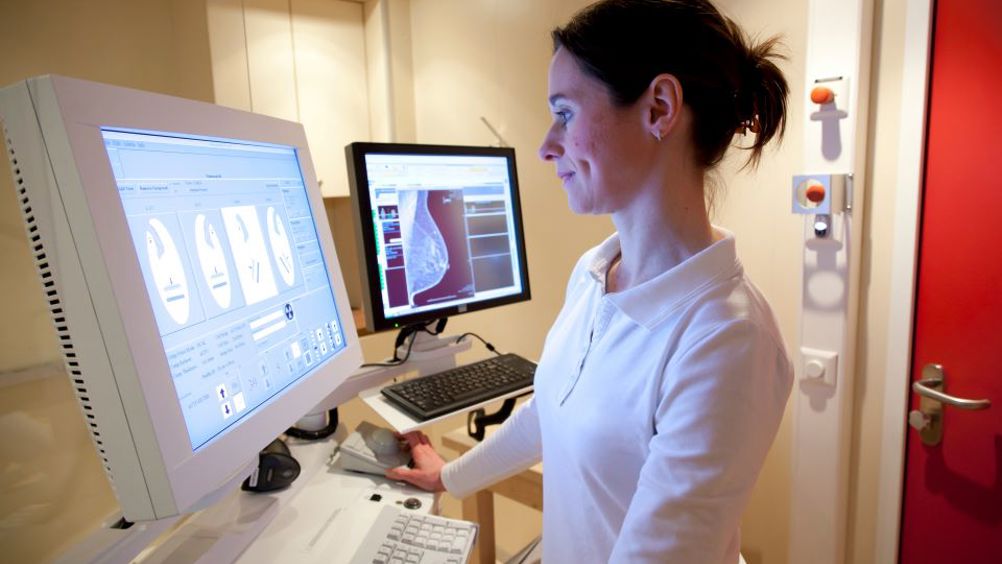NPL team develops ultrasound tech for earlier detection of breast cancer
Breast cancer could be diagnosed and treated sooner with a new detection technique developed by scientists at the National Physical Laboratory (NPL).

The technique, demonstrated with in-person measurements of breast tissue, works by transmitting ultrasonic waves through the breast which are then detected by a new type of sensor resulting in maps that show how much ultrasound is lost in the tissue.
The team at NPL conducted a study measuring the breast tissue of 12 nominally healthy volunteers aged between 19 and 65 years old. According to NPL, the study indicates that the relatively simple technique could be applied as a robust method for assessing the breast composition and provides encouraging results that can be applied in breast ultrasound scanner design to improvements in image reconstruction.
The results of the study were published in August by the Institute of Electrical and Electronic Engineers (IEEE) and are available at IEEE Explore.
Breast cancer is the most diagnosed cancer in the UK and is the second most common cause of cancer mortality in women.
Register now to continue reading
Thanks for visiting The Engineer. You’ve now reached your monthly limit of news stories. Register for free to unlock unlimited access to all of our news coverage, as well as premium content including opinion, in-depth features and special reports.
Benefits of registering
-
In-depth insights and coverage of key emerging trends
-
Unrestricted access to special reports throughout the year
-
Daily technology news delivered straight to your inbox










Water Sector Talent Exodus Could Cripple The Sector
Maybe if things are essential for the running of a country and we want to pay a fair price we should be running these utilities on a not for profit...